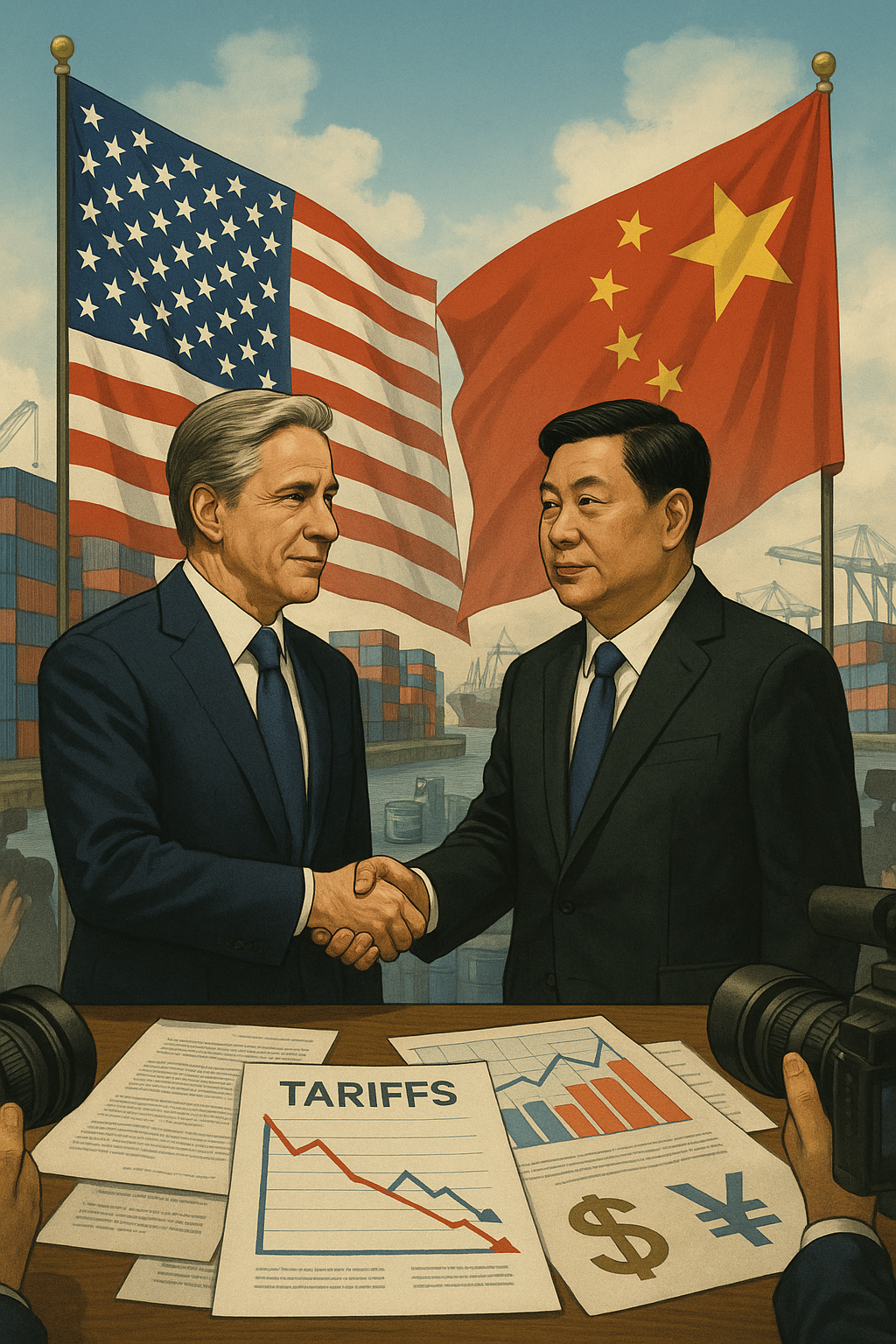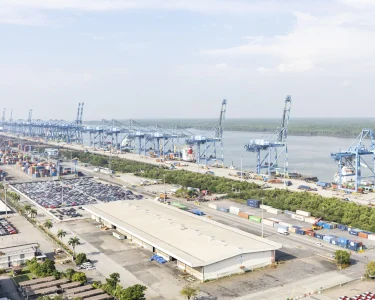In a significant development that could recalibrate global trade dynamics, the United States and China on May 12 agreed to a temporary reduction in reciprocal tariffs, signaling a cautious but pivotal step toward de-escalating long-standing trade hostilities.
According to a joint statement released by both governments, tariffs imposed during the height of the U.S.-China trade war—particularly those under former President Donald Trump’s second administration—have been substantially lowered.
Washington has cut additional tariffs on Chinese goods from a staggering 145% to 30%. This new figure consists of a 10% baseline levy, consistent with new uniform tariffs imposed on other trading partners since April 2, and an extra 20% duty implemented in January in response to fentanyl-related concerns.
In a reciprocal move, China has slashed its tariffs on American exports from 125% to just 10%. Beijing further committed to “suspend or remove” various non-tariff barriers introduced since April 2, such as licensing delays, inspections, and regulatory hold-ups that had hampered U.S. businesses operating in China.
Historical Context and Strategic Significance
The U.S.-China trade war, which began in 2018, resulted in the imposition of hundreds of billions of dollars in tariffs, disrupting global supply chains and prompting tit-for-tat retaliations.
Although a partial truce was reached in 2020 with the Phase One deal, the trade environment remained strained, especially after the U.S. adopted new measures targeting Chinese technology firms and imports tied to human rights violations and illicit drug flows.
The most recent set of elevated tariffs—reaching over 145% on some Chinese goods—was introduced during Trump’s second term, with the rationale of protecting domestic industries and pressuring Beijing to comply with U.S. demands on intellectual property and trade practices. However, the sharp tariff hikes contributed to higher consumer costs and mounting pressure on American manufacturers reliant on Chinese components.
The Biden administration maintained much of the Trump-era tariff framework but shifted the narrative toward strategic competition rather than direct economic confrontation. The decision to ease tariffs now appears driven by a mix of economic pragmatism, rising domestic inflation, and the global push for supply chain stability.
Fentanyl as a Trade Issue
The January 2025 imposition of an additional 20% tariff on China was largely symbolic, linked to U.S. frustration over China’s perceived inaction in curbing the export of precursors used in manufacturing fentanyl—a synthetic opioid responsible for a surge in overdose deaths across the U.S. While China has denied complicity, Washington has increasingly used economic levers to press for more robust action.
Future Outlook: A Fragile Window
While the current tariff reductions are being hailed as a diplomatic thaw, the joint statement notes that the agreement is temporary. Both sides reserve the right to reinstate higher tariffs—up to 54% on Chinese exports and 34% on American goods—after 90 days if negotiations stall or compliance falters.
Experts caution that this window is narrow and politically charged. With both nations heading into critical domestic political seasons and geopolitical rivalries intensifying over Taiwan, cybersecurity, and global technology standards, the truce could easily unravel.
However, for now, markets and businesses are welcoming the reprieve. The reduction in tariffs offers breathing room for global trade and raises cautious hopes that economic pragmatism can prevail over prolonged hostility.







